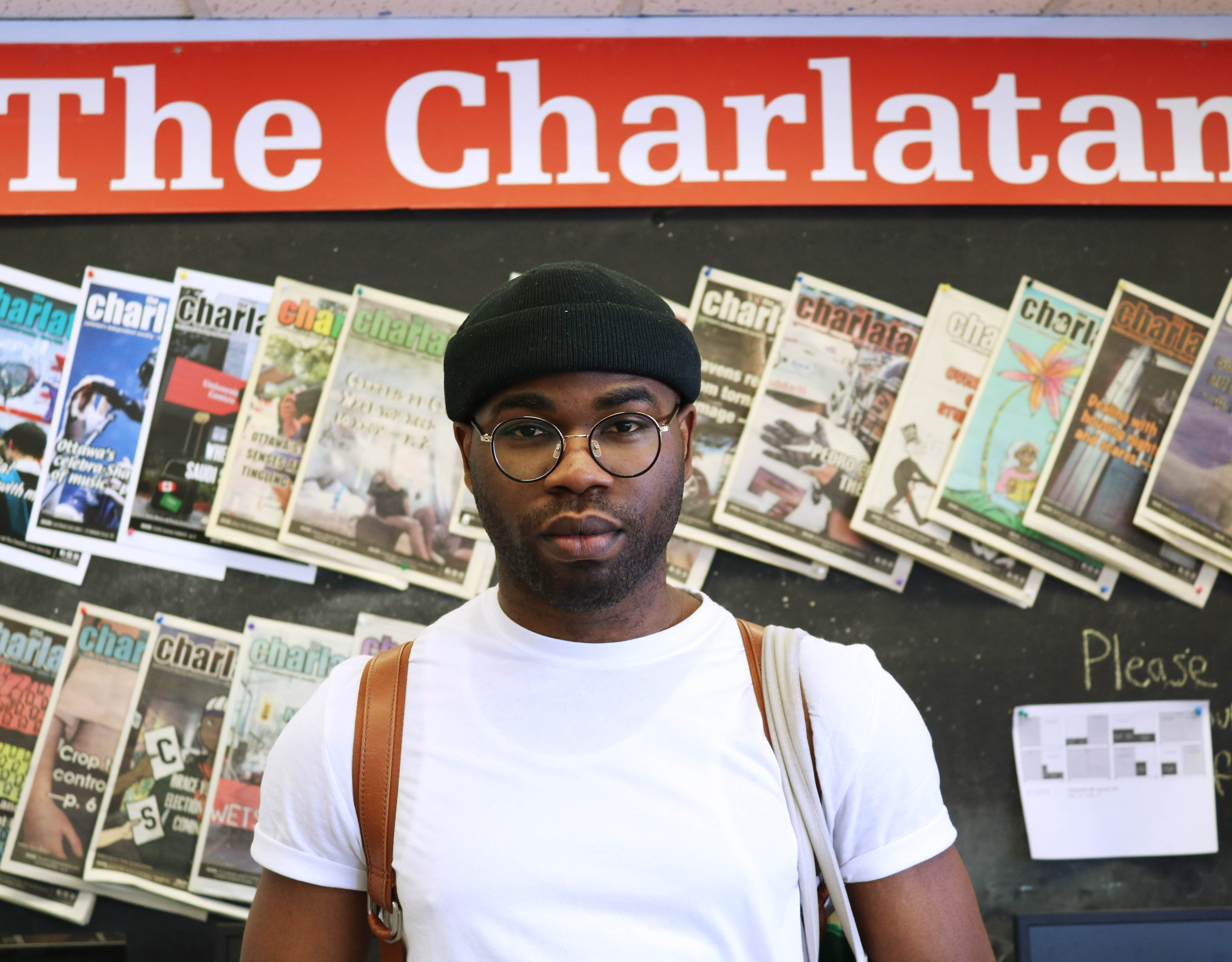I have often struggled with the history of my people, and by that, I mean all people: women, men, gay, straight, trans, young, old and others. The history has struggled with me too. In every class, academic space, reading, and discussion, I was aggravated. The history reminded me of place in the world and the stories the world had told itself about my body and the bodies of my people.
Every 19th- and 20th-century social scientist and professor that I learned from reinforced what I have known for a long time—and I haven’t been here too long. They reinforced what Black people have known for centuries, that racism and bodily plunder cannot be reduced to theories. It is a visceral and physical experience for Black people. They are real within and beyond the academic institutions. With brutal clarity, we see history actualize itself every day of our lives.
The history was true of Olivier Le Jeune, the first enslaved boy captured on Guinean shores and brought to colonial Canada. I grappled with this history after much reading about the 1884 plunder of Africa. The history was present in the summoning race, of Black criminality masked under pathology, mass incarceration, gentrification, displacement, racial profiling and police violence. The history was true the afternoon Abdirahman Abdi’s body was destroyed. The history was reinforced in the bodily destruction of Rekia Boyd and Andrew Loku.
I think about the communal residues that were left behind. I think about the daily affirmations of my mother’s prayers. I think about how she was heavily concerned with safeguarding the bodies of her children because she knew that her power to preserve the bodies of myself, my brother, and my sisters was capped.
I think about how this fear was realized in communities where our bodies were already erased. Our Black bodies were vessels of love and all that is earthly and pure. They were roots that connected ancestral knowledges and historical memories of things we could only feel. Our bodies were radical vessels. Our bodies were communities.
Moments like these made it of great importance to declare that “I am Black,” and to hold that with a significant sense of pride, an alarming sense of fright, a magnitude of questions and an immeasurable desire for answers.
Constant interrogations of this history haunted me. As I read and watched, I was deeply afraid. The chaos was ever present in how I approached the world because this was the only way I understood the Black experience to be. However, chaos was not its entirety. There was also happiness, most present on attending the Black Student Association relaunch at Carleton University.
Black people conjure up a space with a kind of beauty, a radical sort that was present in how we look at each other, especially in white institutions. It was the acknowledgement that we existed and that resistance was not limited to daily protests, chants, or marches on the Hill. That each word we spoke, every “Yo! What’s up dawg!” and every “I see you”; with each banter to Ghanaians that “Nigerian jollof was better,” with every language spoken, was resistance.
The sheer privilege of being alive was resistance in itself. I think about the happiness I felt in that space, sitting with sisters having discussions about colonialism and about the social realities of Black students in academia. The Black world was deep and extensive and this was revealed in that space. I think about the power they held and dignity that they exuded. This dignity was important for peoples whose history read like a manual of disembodiment.
There was a lesson learnt about this history—this Black history that I struggled with—that amidst the outrage and the chaos, we do find our own joy. It is a revolt against the historic manual of disembodiment. As Charles Dickens wrote, “It was the best of times, it was the worst of times,” but history is history. It cannot be obscured.






